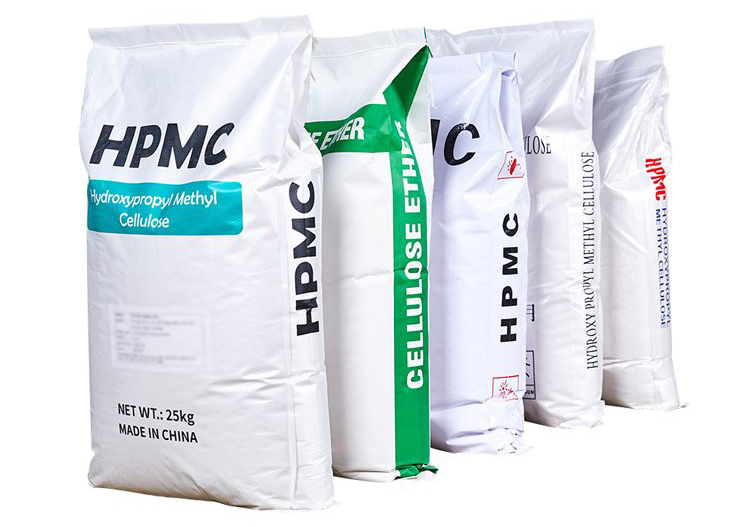The rheology and compatibility of hydroxypropyl methylcellulose (HPMC) and hydroxypropyl starch (HPS) complexes play a crucial role in various industries, including pharmaceuticals, food, cosmetics, and construction. Understanding the interplay between these two polymers is essential for optimizing their performance and developing innovative products. This paper aims to explore the rheological properties and compatibility of the HPMC/HPS complex.
Rheological Properties:
Rheology is the study of how materials deform and flow under the influence of external forces. In the case of the HPMC/HPS complex, the rheological properties determine the viscosity, gelation behavior, and overall flow properties of the polymer blend. The rheological behavior of the complex can be affected by factors such as polymer concentration, molecular weight, temperature, and shear rate.
Compatibility of HPMC and HPS:
Compatibility between HPMC and HPS is crucial to ensure the formation of stable complexes with desirable properties. Compatibility refers to the ability of two or more polymers to mix and form a homogeneous system without phase separation or loss of performance.. The compatibility of HPMC and HPS can be affected by their chemical structure, molecular weight and processing conditions.
Factors affecting rheology and compatibility:
Polymer ratio: The ratio of HPMC to HPS in a complex can significantly affect its rheological properties and compatibility.. Different ratios can lead to varying viscosity, gel strength, and flow behavior.
Molecular weight: The molecular weight of HPMC and HPS affects the rheology and compatibility of the complex.. Higher molecular weight leads to increased viscosity and enhanced gelation properties.
Temperature: The temperature at which the complex is prepared and tested affects its rheological behavior.. Variations in temperature can induce phase separation or alter polymer interactions, leading to variations in viscosity and gelation.
Shear Rate: The shear rate applied during testing or processing can affect the rheological properties of the HPMC/HPS complex. Higher shear rates can lead to shear-thinning behavior, where the viscosity decreases with increasing shear rate.
Applications:
The rheology and compatibility of the HPMC/HPS complex has significant implications in various industries.. In pharmaceutical formulations, complexes can be used to modify drug release, enhance stability, and control viscosity.. In the food and cosmetic industries, it can be employed as a thickening agent, stabilizer, or emulsifier. In construction materials, complexes can improve the workability and adhesion of cemented systems.
Rheology and compatibility of HPMC/HPS complexes are essential considerations in optimizing their performance for various applications.. Understanding the effects of factors such as polymer ratio, molecular weight, temperature and shear rate is crucial for designing formulations with desired rheological properties.. Further research and development in this area can lead to the creation of innovative products with enhanced functionality and improved performance in multiple industries.

